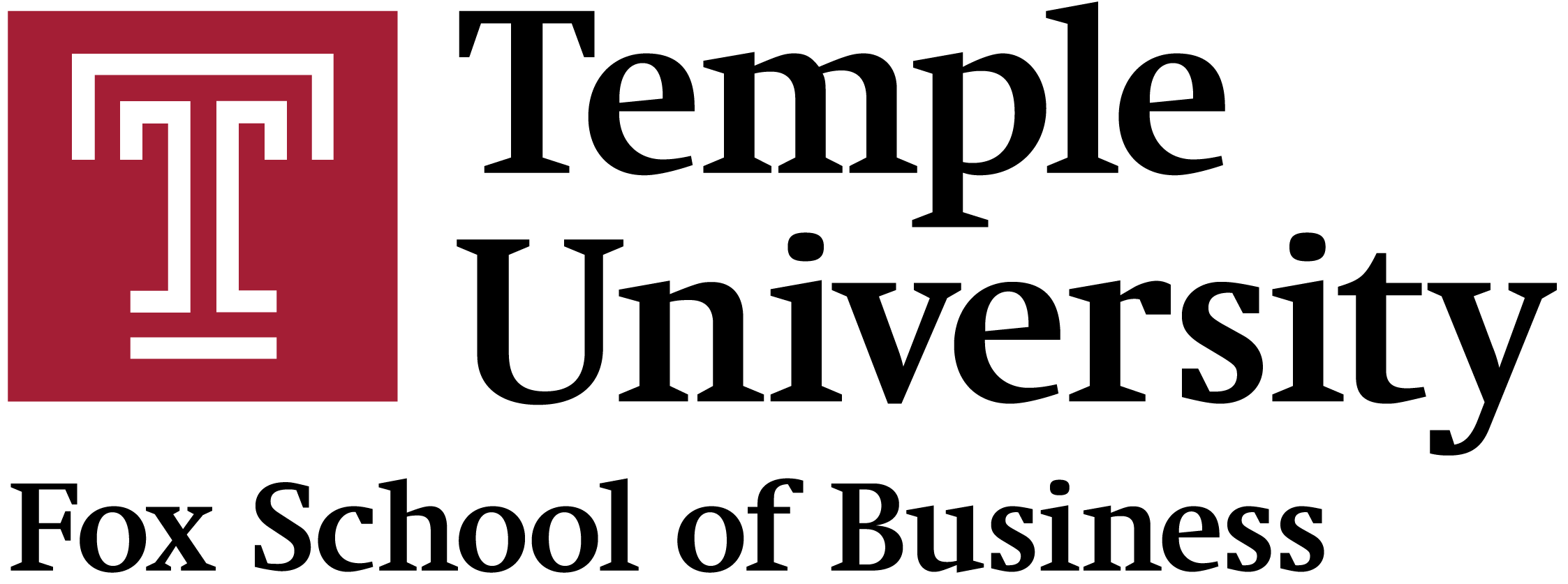Linkedin Learning: Leading Strategically
This Linkedin learning was titled Leading Strategically taught by Eric Zackrison.
The videos were split into four main sections: Assessing Needs, Decision-Making, Persuasion, and Initiating Change.
The first section focused on how to identify the needs both in the short term and long term within an organization. Organizational assessment is critical here, but it’s also important to assess the needs of other stakeholders, such as employees, teams, and customers. Then, the section expanded on aligning these needs with the company to create goals and pinpoint gaps to target. After this, it’s important to follow up with your goals/gaps to make sure they’re being achieved at a reasonable pace.
The second section delved into team decision making. There are a few parameters to decision making outlined, and Zackrison expanded on creating custom criteria and options to specific team scenarios. Implementation examples were also shown to help me further understand how team dynamics factor in to each decision.
The third section was short, focused on persuasion. Zackrison mentions how persuasion has changed throughout history, from Aristotle to modern scientific inquiry. Additionally, aligning persuasion with your intended audience is critical, perhaps the most important aspect to nail if you wish to pursuade.
The final section touched on being a change agent. Stakeholders, effective communication, and planning from mistakes are key areas to recognize and develop if you wish to create continuous and long lasting change within any organization.
Overall, this Linkedin Learning has helped me better understand strategic leadership, fostering team dynamics, and creating change within any type of organization. Even if I’m in future roles that don’t require leadership, every employee can create change, and every employee’s voice should be heard to foster the best results for both the organization and its many stakeholders.

